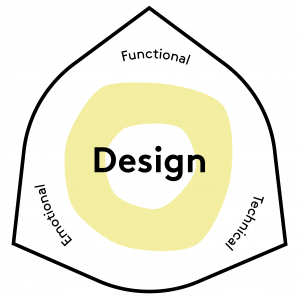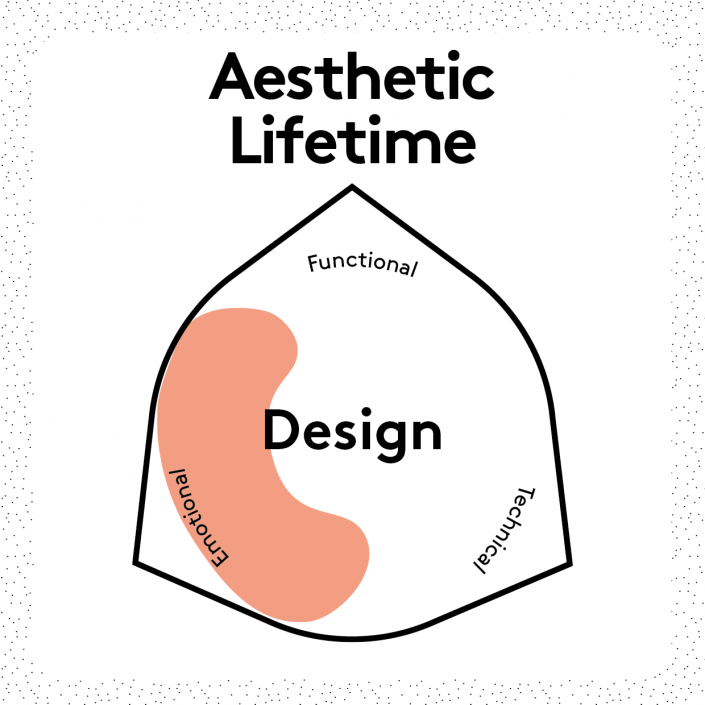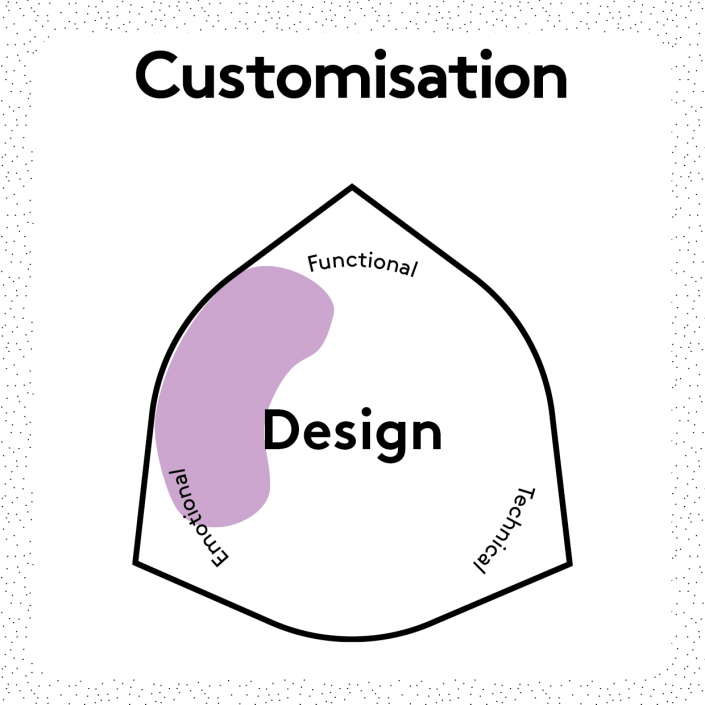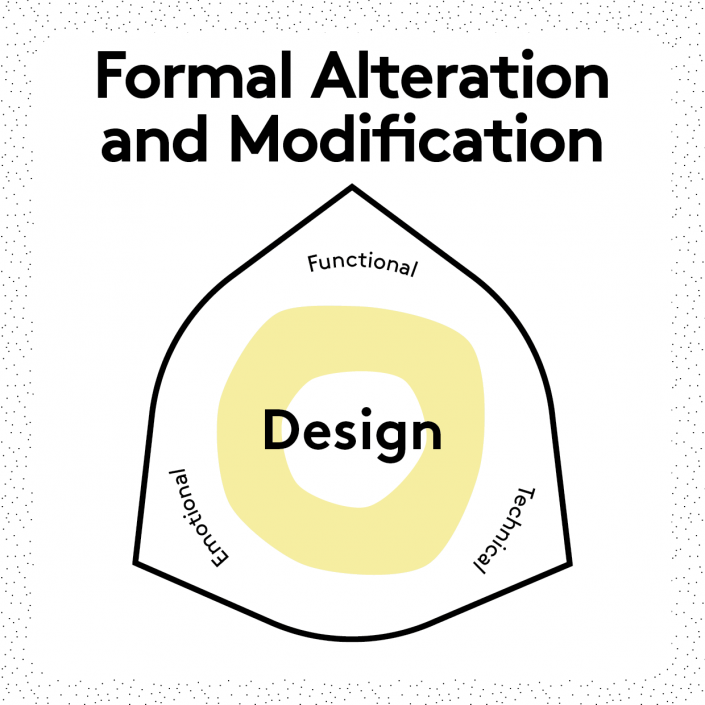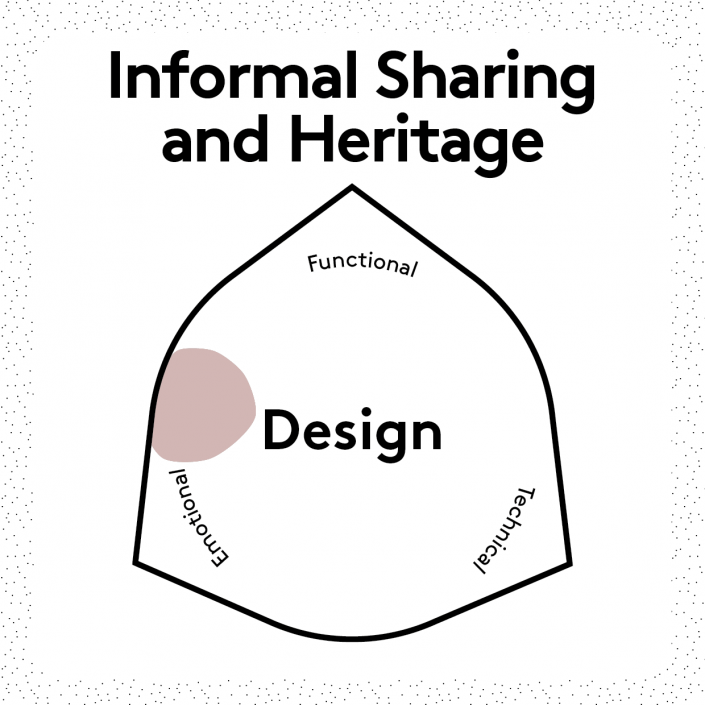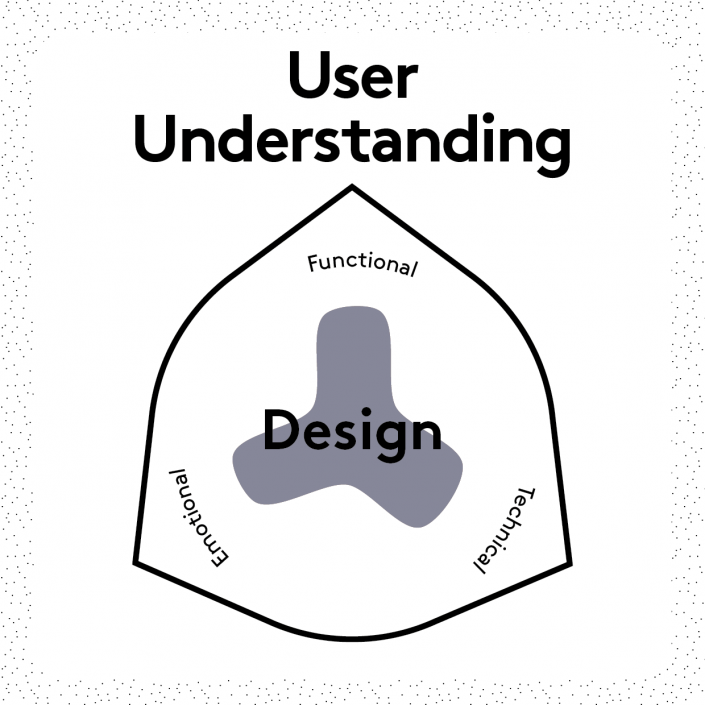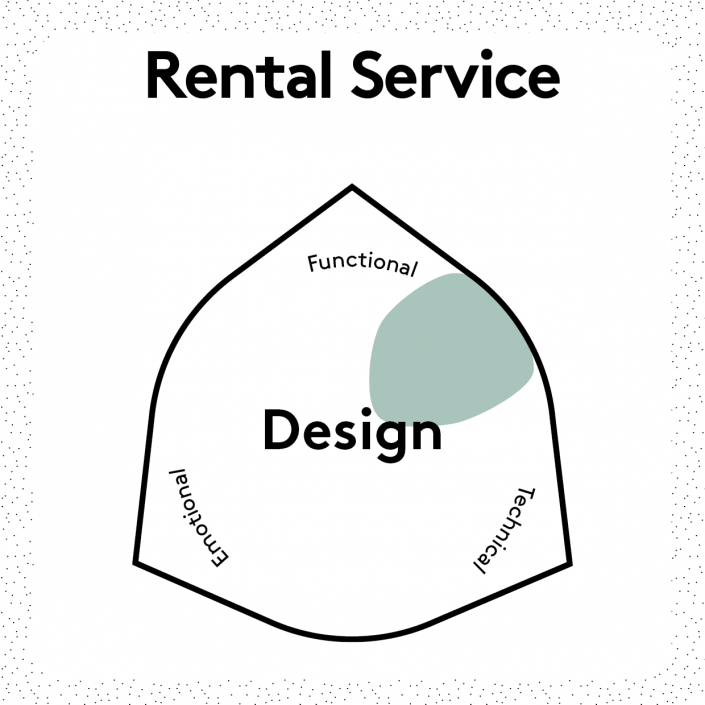What?
Users and to specialists to have products adjusted or modified. This can be part of a service system.
Why?
An existing product have a higher use potential and/or emotional value than a new equivalent product.
Challenges
- Lack of specialists and craftsmen.
- How should the service system be created to support this?
Examples
- The European Remanufacturing Network gathers tools, documentation and case studies.
- Sojo is a London-based app connecting users and seamstresses to have garments repaired or altered.
- Furriers often offer traditional services to do with modification of garments; see for example Maison Elama.
Further Reading
Boorsma et al. (2020). Incorporating Design for Remanufacturing in the Early Design Stage: a Design Management Perspective. Journal of Remanufacturing.
Fletcher & Grose (2012). Fashion & Sustainability: Design for Change, Chapter 9: Adaptability. Laurence King Publishing.
Ostuzzi et al. (2017). From Design for One to Open-Ended Design. Experiments on Understanding how to Open-up Contextual Design Solutions. The Design Journal, 20(1), 3873-3883.

